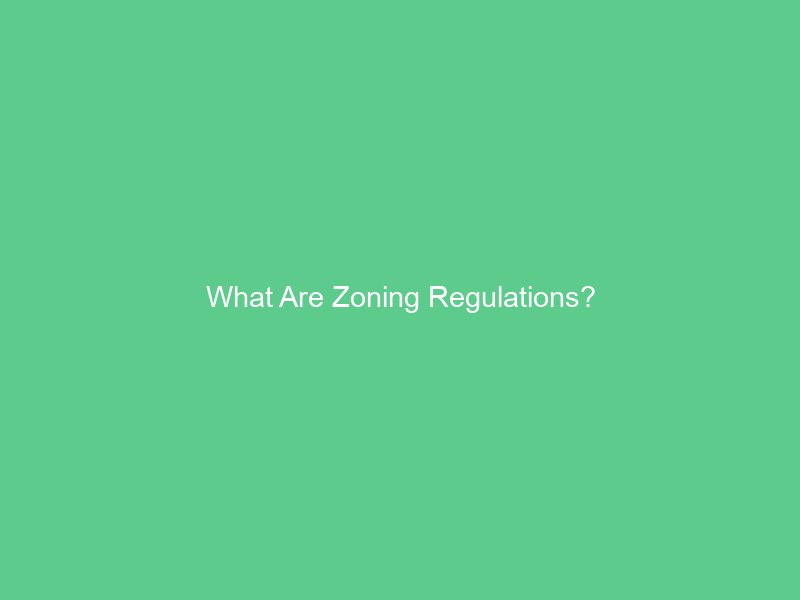Zoning regulations are laws that regulate how land is utilized within a municipality. Zoning helps maintain property values while also protecting against incompatible uses for it.
Regulators promote affordable housing and climate change resilience while safeguarding natural and historical resources.
They include restrictions on restarting or expanding nonconforming use, amortization strategies and other strategies designed to limit nonconforming usage.
Residential Zones
Residential zoning regulations dictate what kinds of structures can be constructed in a neighborhood and ensure peaceful, secure living environments for residents and their families. They often include restrictions regarding domestic pets and farm animals as well as laws regarding how many structures may be built on a property and what kind of businesses can operate from home.
Residential zoning includes regulations about how large or tall a building may be. These rules are based on the idea that too-large structures may cause issues like noise and pollution, making zoning decisions all the more important for residents’ wellbeing.
Residential zoning also plays an integral part in encouraging walkable neighborhoods, which in turn reduces car usage. This has numerous positive ramifications for both the environment and residents’ financial costs; many cities such as NYC incorporate greener development requirements and incentives into its zoning laws to support it.
Commercial Zones
Zoning laws dictate the size and activities permitted in any new building in an area. They help keep communities organized by making sure businesses don’t locate too near homes or schools to avoid noise pollution issues.
Residential zoning allows for single-family houses and apartment buildings with densities ranging from R1 to R10, while commercial zoning covers anywhere from small shops to shopping malls.
Office zoning accommodates professional offices and corporate services, while industrial zones accommodate manufacturing plants and warehouses. Industrial zone rules also address concerns like heavy vehicle access, waste management and air quality to ensure worker and local resident safety.
Researching zoning laws is crucial for property owners, particularly those seeking to start businesses on their properties. Doing so helps identify opportunities and limitations related to individual pieces of real estate as well as mitigate investment risk by aligning investments with community and market needs. Furthermore, research can also inform owners if a nonconforming use can restart or expand after a period of time has elapsed.
Industrial Zones
Industrial zoning laws help cities clearly define commercial and residential zones, providing cities with an effective tool to facilitate industrial functions like warehousing, manufacturing, logistics and other functions that impact nearby neighborhoods in a more controlled way. Knowing what is allowed and not allowed can assist businesses with making more informed real estate decisions.
Understanding industrial zoning regulations can also assist businesses in meeting safety standards that vary based on whether they operate in a light or heavy industrial zone. For instance, warehouses operating in M1 industrial zones may need special firefighting equipment certified with ATEX for safe handling of flammable materials; while M2 and M3 industrial zones necessitate explosive atmosphere protection. Such specifications help businesses avoid hazardous incidents that result in costly business interruptions and interruptions.
Mixed-Use Zones
Mixed-use zones combine residential and commercial activities on one property, giving people the chance to live, work and play all in one location and reducing commuting times and carbon emissions.
Zoning regulations establish whether a use is compatible with residential areas (in terms of noise, odors and vibration) or not and establish design requirements to minimize its effect on residents. Zoning regulations also determine maximum allowable height limits for both principal and accessory uses within an area.
Zoning laws also stipulate parking requirements and restrictions, such as whether an enclosed space must be made available or not, to ensure tenants and pedestrians feel secure when using these spaces. Furthermore, regulations help preserve existing infrastructure by making new developments less demanding – for instance requiring developers to add traffic lights for community safety purposes or install other amenities to maintain public order in new developments.

